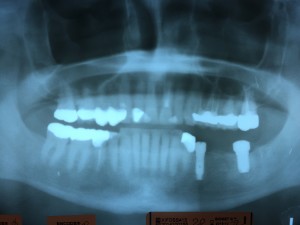
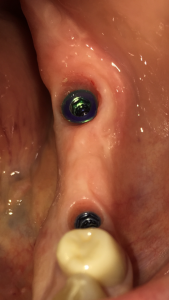
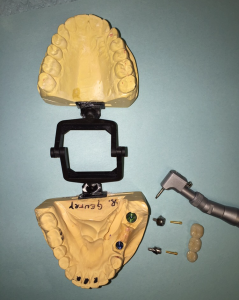
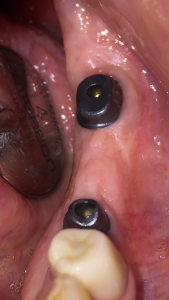
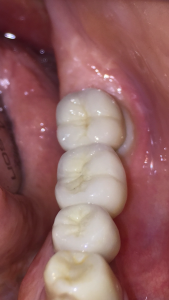
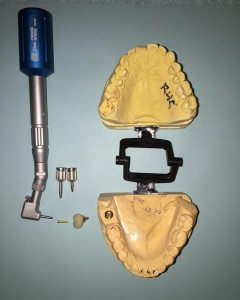
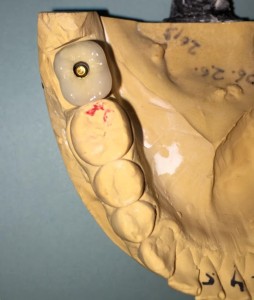
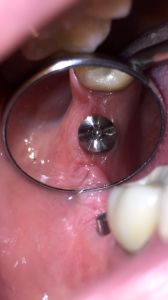

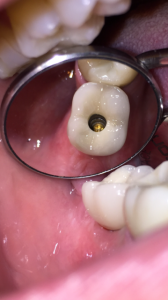

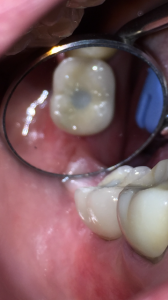
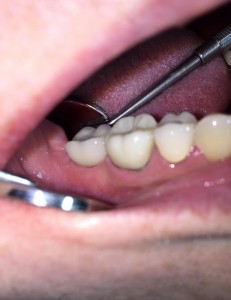
Too many people who have conventional dentures don’t wear them for the simple fact that they don’t stay in place. Dental Implants offer a way to keep dentures in place and allow you to go about your daily life with confidence.
 The use of dental implants to stabilize dentures has proven to be successful for many people. The number continues to grow as word spreads about the effectiveness and long-term durability of the treatment. In fact, it has been reported that dental implants have the highest success rate of any implanted surgical device.*
The use of dental implants to stabilize dentures has proven to be successful for many people. The number continues to grow as word spreads about the effectiveness and long-term durability of the treatment. In fact, it has been reported that dental implants have the highest success rate of any implanted surgical device.*
Millions of people around the world are missing enough teeth to require the use of a denture. Many of them struggle to keep their dentures secure, particularly in the lower jaw. If you have this problem, you already know about the embarrassment of slipping dentures, not being able to eat the foods that you love and the ineffectiveness of denture adhesives. Fortunately, there is a way to make your denture work the way it was intended: stabilize it with dental implants.
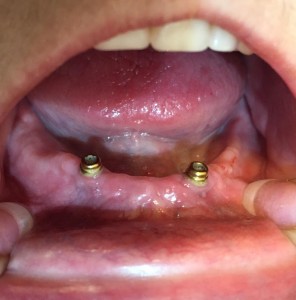
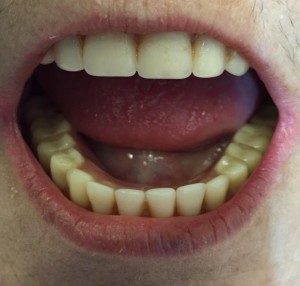

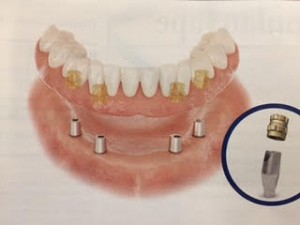

|
Dental implants are often the best treatment for missing teeth. When a damaged or decayed tooth is removed, both the visible part of the tooth, called the crown, and the root are lost.
A dental implant is placed in the jawbone so that it can fuse with your natural bone and become a strong and sturdy foundation for replacement teeth. Implants can be used to replace an individual tooth or for an implant-supported bridge or denture containing multiple teeth.
Dental implants are the closest you can get to healthy, natural teeth. They will allow you to confidently eat, smile, laugh, talk, play and enjoy all of your regular activities of everyday life without thinking about your teeth.
Dental implant bridge case by Dr. Gentry on a 55 year old male patient.
1. Hopeless decayed teeth that were under a 20 year old bridge.
2. Teeth extracted, bone grafts placed and following healing, 2 dental implants placed.
3. View of dental implants. I also placed a porcelain crown on the tooth in front of the first implant.
4. Patient stone models, implant custom abutments, screws, and porcelain bridge.
5. Custom abutments placed into the implants.
6. Porcelain bridge cemented over the dental implant abutments.